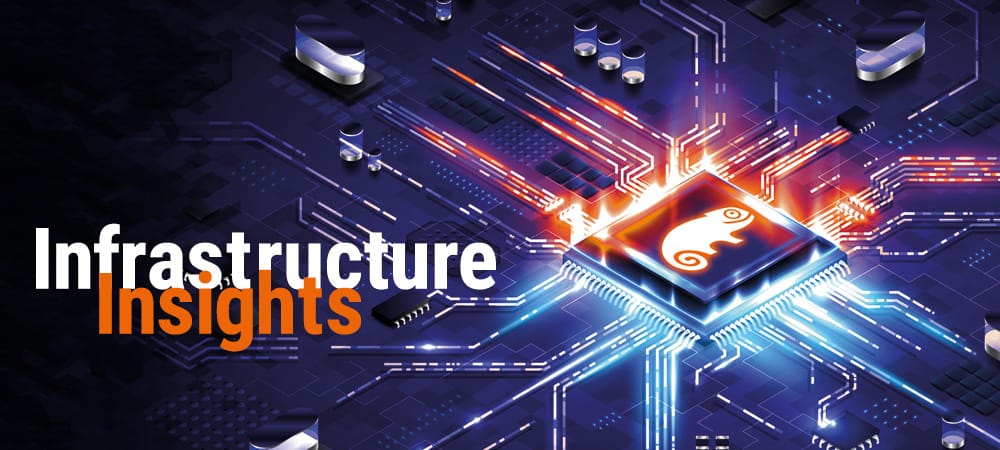Innovation from the Software Defined Data Center


According to Bitkom, carmakers, banks and pharmaceutical companies even see themselves as future global market leaders as a result of digitization. Traditional companies are creating digitized products in the process - which exponentially increases their need for innovation momentum.
The classic data center with more or less static systems and core applications such as SAP remains indispensable. But the need for more dynamism is creating two-speed IT.
The best approach to architecturally unify both environments is offered by the Software Defined Data Center (SDDC). Thanks to the dynamic infrastructure, developers can create, test and directly operate applications more quickly. The convergence of development and operation in the DevOps model is dependent on the changeable infrastructure.
A preferred area of application for DevOps is Big Data - a gigantic growth market. Data is increasingly accumulating in an unstructured way; in addition to classic CRM data, which does not provide all the information, customer behavior on the market is evaluated within individual apps to provide an overall picture.
This requires interfaces between classic, structured Hana data and unstructured data from open source systems such as Hadoop.
Here, OpenStack and Cloud Foundry offer a dynamically adaptable infrastructure and standardized platform for innovative apps. SAP is therefore working closely with open source experts such as Suse in the Cloud Foundry Foundation to improve the consistency of applications, for example by means of the OpenStack Cloud Provider Interface - as an interface between the cloud infrastructure under OpenStack and the PaaS layer under Cloud Foundry.
Thus, applications can access data from different sources and do not have to worry about their origin.
SAP's commitment to OpenStack and Cloud Foundry shows: open source usually meets the need for innovation the fastest, because open standards ensure a high development dynamic.
The role of open source
Large projects such as OpenStack with members such as Intel, Suse or IBM create standards that will still be valid in five years - simply through their practical implementation and the commitment of tens of suppliers, as already successfully demonstrated with OpenStack for the cloud and Ceph for software-defined storage.
The SDDC is embedded in the larger upheaval of Industry 4.0 and is an integral part of digitization.
It is now important for companies to take the first step and bring their own data center up to the dynamic state of the art - not only to prevent their own developers from hastily switching to the public cloud and possibly taking sensitive data with them; but above all to develop new, future-proof business models.
The future
Security also plays a major role: with digitization, data is becoming more valuable. Yesterday, customer loyalty was about products; today, it's about digitized products - at the core of which lies customer data.
It is therefore no coincidence that DevSec, i.e., development security, is already being discussed as the "successor" to DevOps.
The integration of the formerly clearly separated sub-areas will thus progress - and include not only development and operations, but also security and other segments.
Here, too, open source with its open interfaces and high development dynamics provides the right breeding ground for further modern growth.






